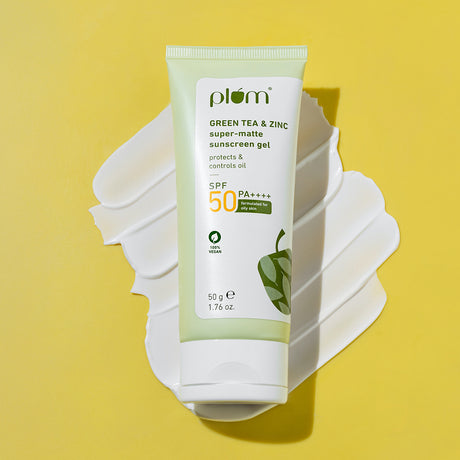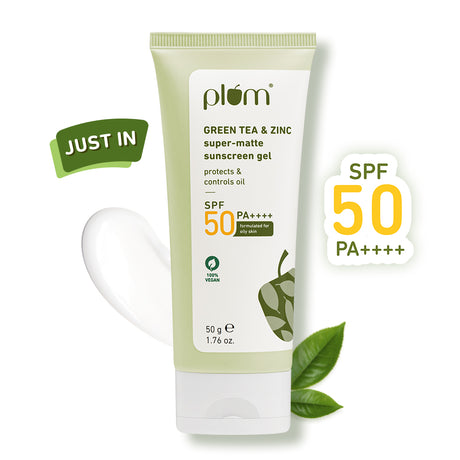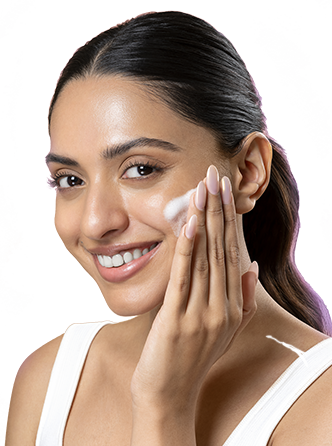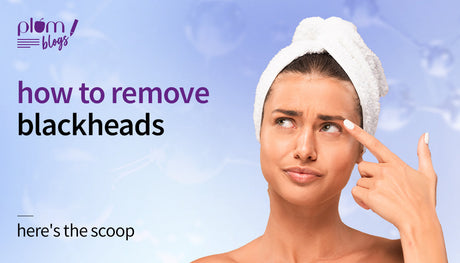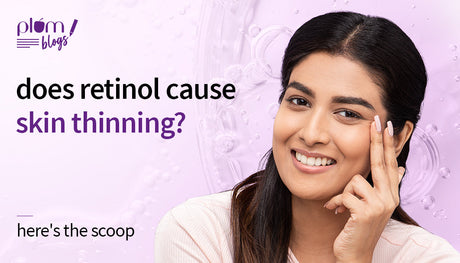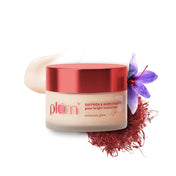
IN THIS ARTICLE
Contrary to popular belief, sunscreen isn’t just for beach vacations or outdoor adventures it’s just as important while you are indoors too.
The real concern isn’t direct sunlight but the UV rays it emits, which can easily reach you even when you’re inside.
If you’ve ever skipped sunscreen while driving or relaxing at home, here’s what you need to know.
Let’s dive into why sunscreen is essential indoors and how it protects your skin, even within the walls of your home.
What are UV rays?
To understand why you need sunscreens indoors, it's crucial to understand what UV rays are and how they affect your skin.
UV rays are divided into two:
- Ultraviolet A (UVA): UVA rays go deep into the skin, causing dark spots/pigmentation, uneven skin tone, wrinkles and fine lines. UVA is the chief culprit of aging and skin sagging. Unfortunately, UVA is insidious and can penetrate glass, including glass panes and car windows.
- Ultraviolet B (UVB): UVB on the other hand, skims through the surface of your skin, damaging the dermis, causing tanning, sunburns & sun spots.
- Blue Light (HEV Light): Even if you live in a dark room with no sunlight reaching your skin, you are still at risk of skin damage. The screens you are exposed to every day, from smartphones, laptops, and TVs—emit blue light.
Sunscreen uses: why do you need to use them indoors?
Since you now know that being indoors doesn’t guarantee complete sun protection, there are a few more reasons to understand the importance of applying sunscreen indoors.
1. To protect your skin from UVA Rays
Even if you’re working by a sunny window or lounging in natural light, UVA rays are silently impacting your skin. These rays don’t just stop at the surface—they penetrate deeper, causing pigmentation.
2. To protect against blue light
You are constantly exposed to blue light, thanks to your lifestyle involving hours before different screens. Prolonged exposure to this blue light can lead to oxidative stress, causing skin damage, hyperpigmentation, and even weakening the skin barrier.
Sunscreens fortified with antioxidants, active ingredients, and blue light protection create a barrier, shielding your skin from the harmful effects of HEV light.
3. To slow down aging
Everyday exposure to UV and blue light can damage skin over time, leading to fine lines, wrinkles, and uneven skin tone. Consistent sunscreen use prevents skin damage, keeping your skin youthful and healthy.
How to choose the right sunscreen for indoors
While the considering factors are similar for all kinds of sunscreen - whether to be used indoors or outdoors, here is what you need to remember while picking a sunscreen for your skin.
-
Broad-spectrum protection: A broad-spectrum sunscreen protects your skin against both UVA and UVB rays. Always look for labels to ensure your sunscreen is broad-spectrum.
-
SPF 35 or Higher: An SPF 30 sunscreen is the minimum recommended level for effective protection. Make sure you choose a sunscreen with an SPF level of 35 or higher. If you are constantly exposed to UV rays while sitting beside a window or traveling in the car during peak hours, you can opt for an SPF 50 too.
-
Ingredients: It's crucial to look for the right ingredients in the sunscreen. Opt for antioxidants and actives like vitamin C, green tea, or niacinamide to enhance protection against blue light and keep your skin bright & glowing as well.
-
Texture and formulations: Picking a non-greasy, lightweight sunscreen ensures comfort during long indoor hours.
-
Skin type: To ensure the sunscreen is suitable for your skin, choose them based on your skin type. Look for hydrating sunscreens with ceramides, squalane, niacinamide, etc for dry skin, green tea, cica, niacinamide for oily skin, and so on.
Sunscreen application tips for indoors
1. Use about two lengths worth of sunscreen for your face and neck. Ensure to apply it on spots like ears and hairline.
2. Reapply every 3–4 hours, especially if you’re near windows or exposed to bright indoor lighting.
3. Sunscreen should be the last step in your skincare routine, applied after your moisturizer and before makeup.
Busting some myths about sunscreen uses
Myth 1: Windows block harmful rays.
Fact: While windows block UVB rays, they do not stop UVA rays. Without a broad-spectrum sunscreen, your skin exposed to sun rays through windows is still at risk.
Myth 2: Artificial light isn’t harmful.
Fact: Research shows that blue light from screens can impact your skin’s health, making sunscreen a critical line of defense.
Sunscreen is an inevitable part of your routine, irrespective of wherever you are. It protects against UVA, UVB rays, and blue light acting as a robust defense against sun damage. Additionally, it nourishes your skin and protects you from skin concerns like sunburns, dark spots, fine lines, wrinkles, and even skin cancer.
So, the next time you’re tempted to skip sunscreen while staying home, think again! Choose broad-spectrum sunscreens to keep your skin healthy.
Explore Plum’s lightweight, non-greasy sunscreens for your daily skin protection routine.
FAQs
How much SPF is enough for indoors?
A broad-spectrum sunscreen with an SPF 35+ is considered sufficient for indoor use, as it protects against UV rays that may penetrate through windows.
Do dermatologists recommend wearing sunscreen indoors?
Yes, dermatologists recommend wearing sunscreen indoors, especially if you are near windows or exposed to blue light from screens (mobile and/or laptop).







